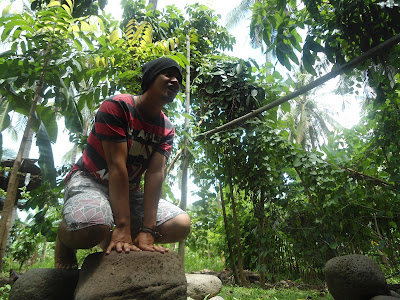The history of the old tribes in the Philippines is a tapestry woven with the rich traditions, cultures, and stories of the indigenous peoples who have inhabited these lands for thousands of years. These tribes, often referred to as "IPs" or Indigenous Peoples, have diverse origins and unique identities that contribute to the vibrant cultural landscape of the Philippines.
One of the oldest tribes in the Philippines is the Aeta, believed to be the original inhabitants of the archipelago. They are known for their dark skin, curly hair, and small stature. The Aeta people have a deep connection to the land, relying on hunting, gathering, and farming for their sustenance. They are found in various regions across the country, including Luzon, Visayas, and Mindanao.
Another prominent tribe is the Igorot, who reside primarily in the mountainous regions of Luzon. The Igorot people are known for their intricate rice terraces, a marvel of engineering and a testament to their agricultural expertise. They have a strong sense of community and are known for their unique customs, rituals, and traditional clothing adorned with intricate beadwork.
In Mindanao, the Lumad tribes have a rich and diverse cultural heritage. The Lumad is a collective term for several indigenous groups, including the Manobo, T'boli, Subanen, and many others. Each tribe has its own distinct language, customs, and spiritual beliefs. They have a deep connection to the land, often practicing sustainable farming methods and living in harmony with nature.
The Mangyan tribes, found in the island of Mindoro, have a fascinating history and culture. They are known for their intricate weaving and craftsmanship, creating beautiful textiles and baskets using traditional techniques passed down through generations. The Mangyan people have a strong sense of identity and have managed to preserve their cultural practices despite the challenges they have faced.
The history of these old tribes in the Philippines is not without its struggles. With the arrival of colonizers and the influence of modernization, many indigenous communities have faced marginalization, discrimination, and the loss of their ancestral lands. However, there has been a growing recognition and appreciation for the cultural heritage and rights of indigenous peoples in recent years.
Efforts are being made to preserve and promote the traditions, languages, and customs of these old tribes. Organizations and government initiatives are working towards empowering indigenous communities, supporting their sustainable development, and protecting their rights.
The old tribes in the Philippines are an integral part of our national identity and heritage. Their history, traditions, and wisdom are invaluable treasures that deserve respect, preservation, and celebration. By acknowledging and embracing the contributions of these indigenous communities, we can create a more inclusive and culturally diverse society for all Filipinos.
Hi Hello Please Support Us by Donating a Little its a Big Help to Us! Thank you
G-Cash +639552394832 and Paypal: Please Support Us



No comments:
Post a Comment